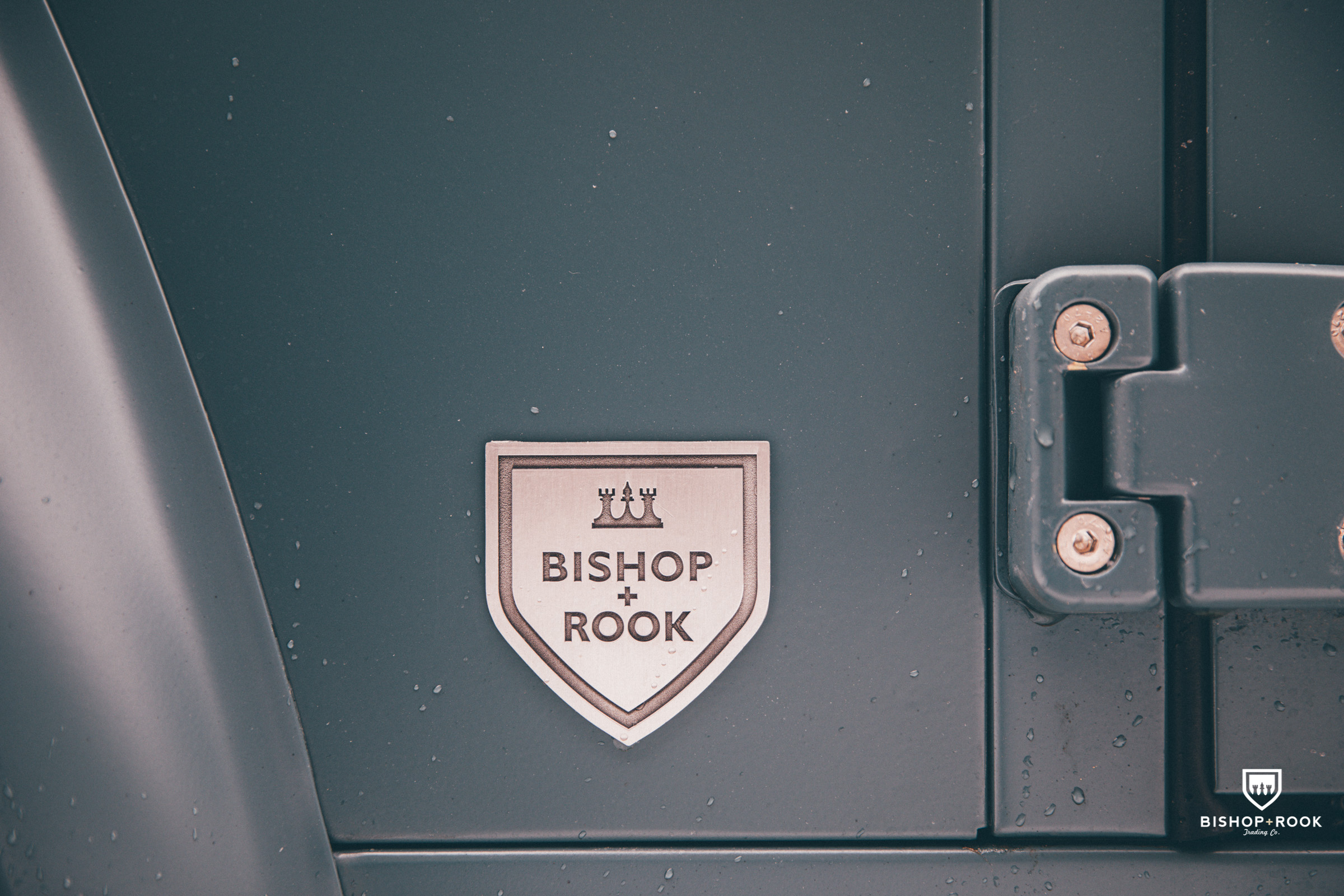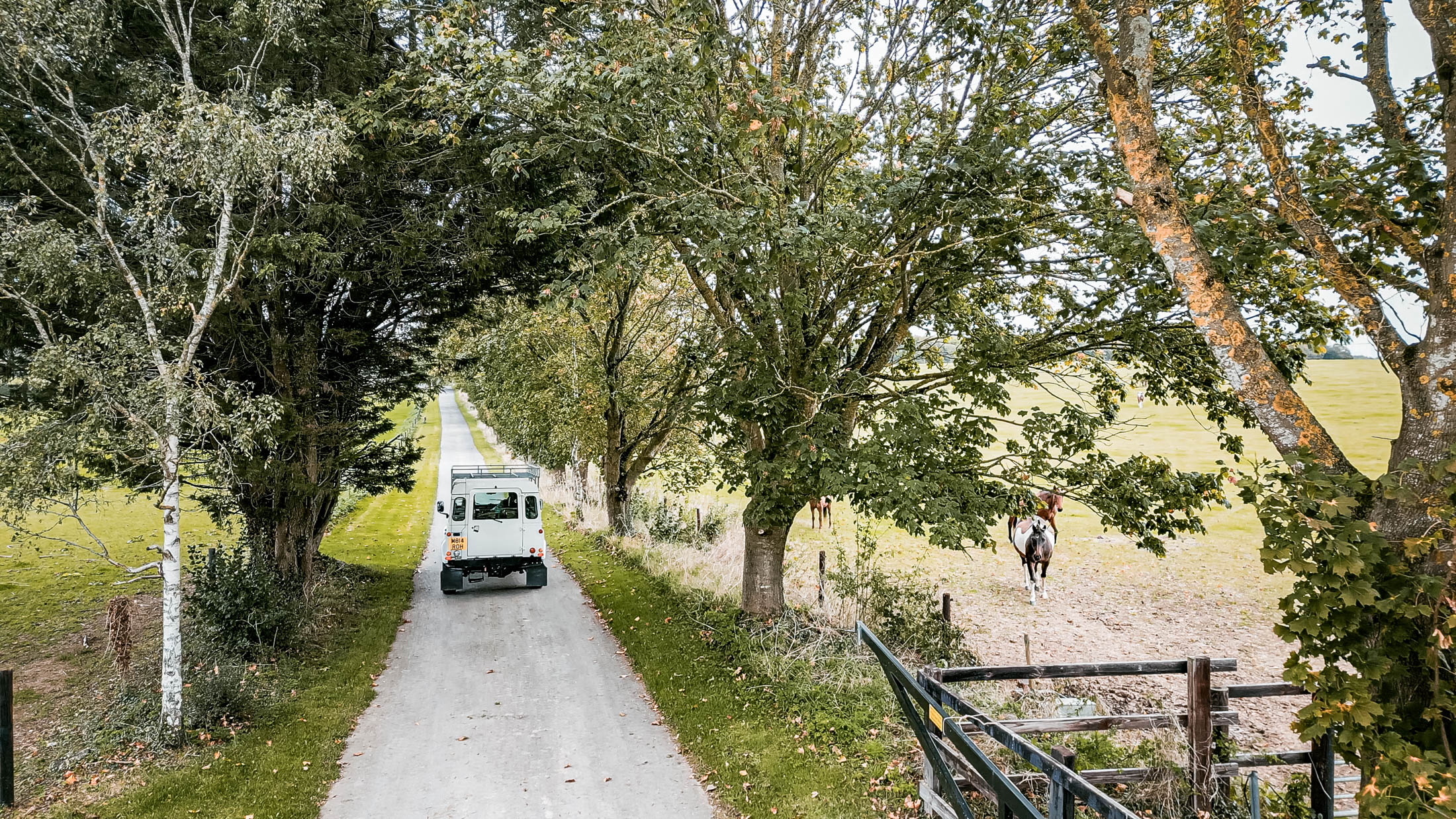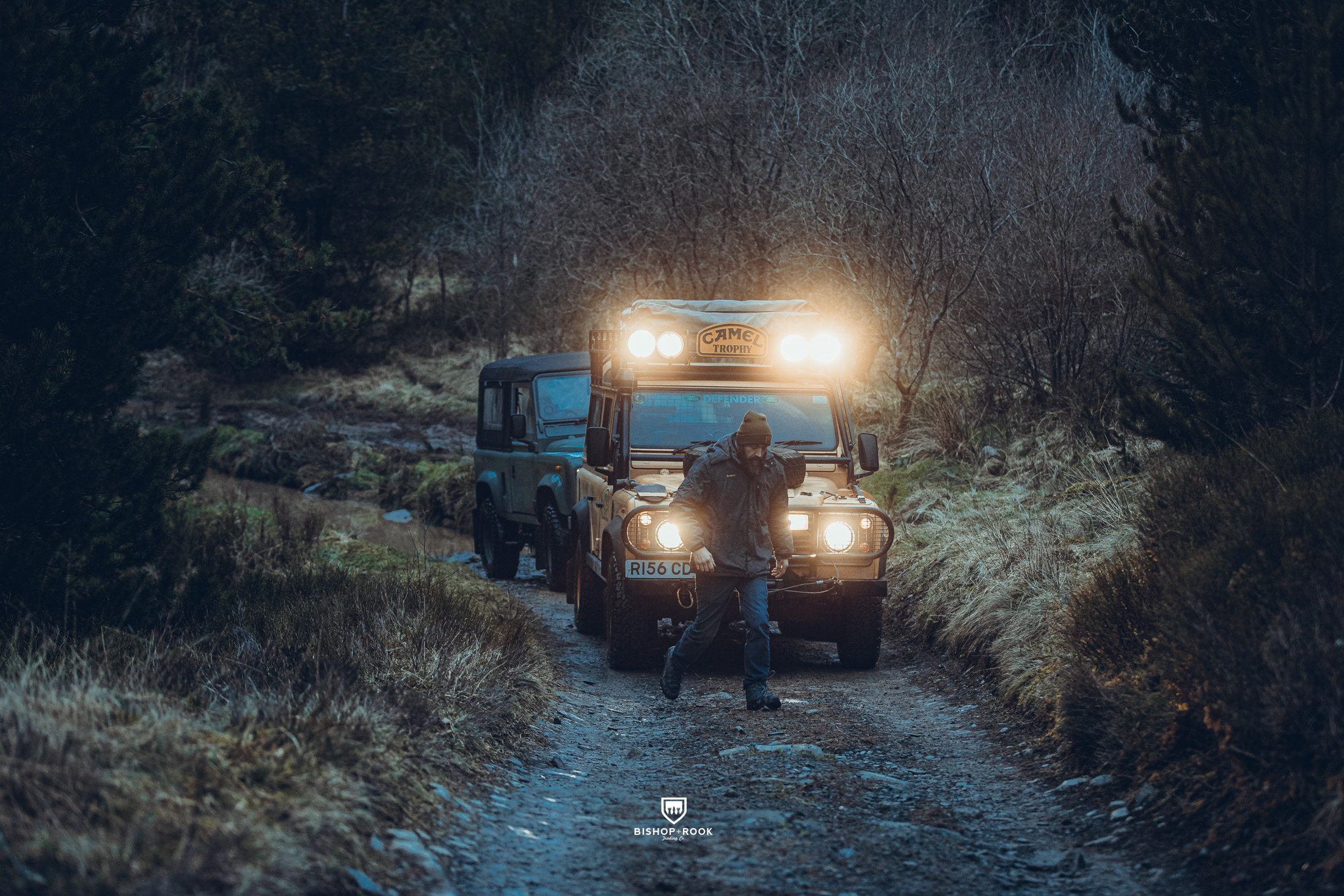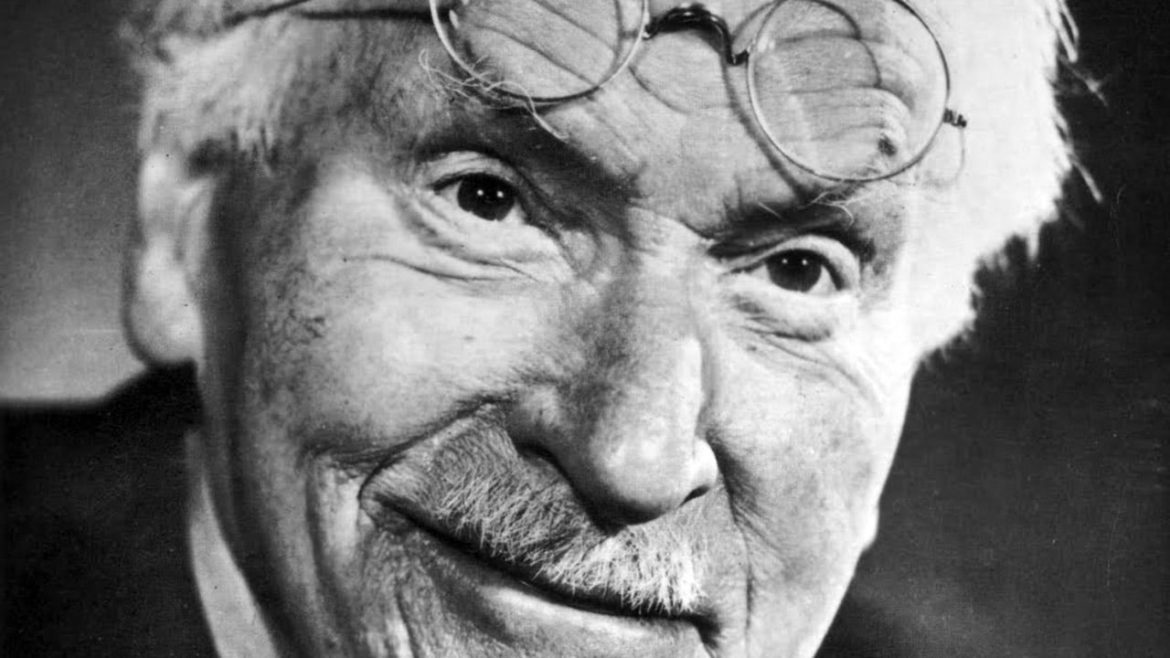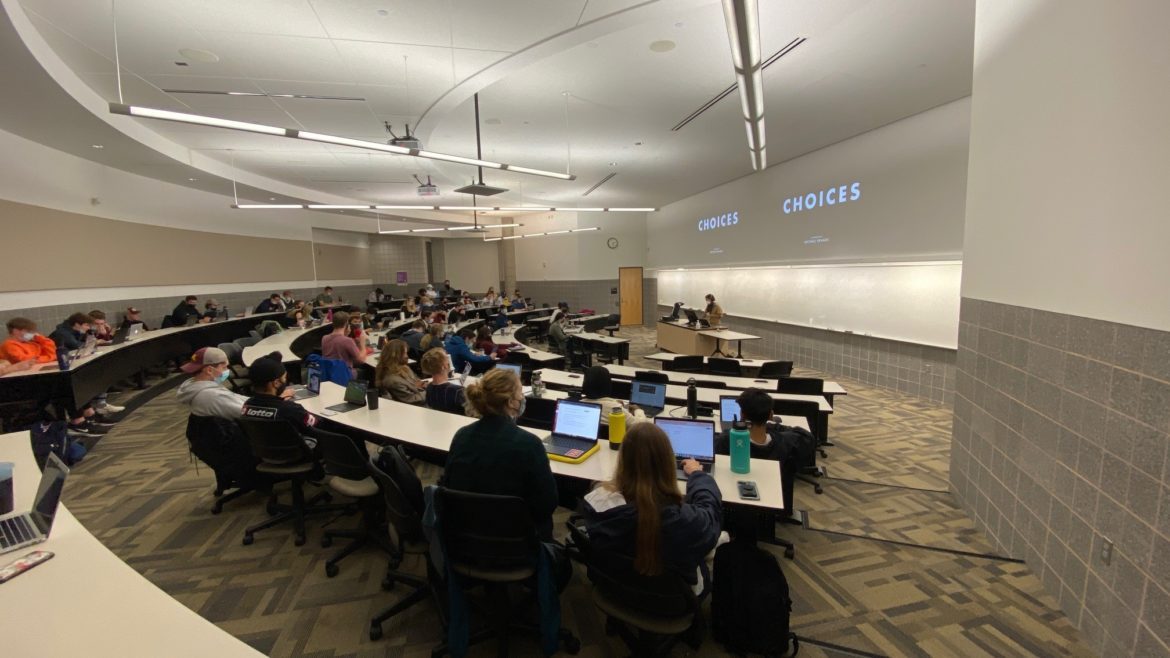The Strategic Advantage of an In-House Production Studio
https://www.kraabel.net/wp-content/uploads/2023/11/production-lighting-1024x576.jpg 1024 576 Michael Kraabel Michael Kraabel https://www.kraabel.net/wp-content/uploads/2023/11/production-lighting-1024x576.jpgIn a marketing world that demands real-time responses to customer demands and sometimes urgent crisis responses, having an in-house production studio is a luxury and a strategic asset. Having some form of -in-house production space offers a blend of efficiency, cost-effectiveness, and creative flexibility that is invaluable for businesses seeking to produce high-quality photo and…
read more



